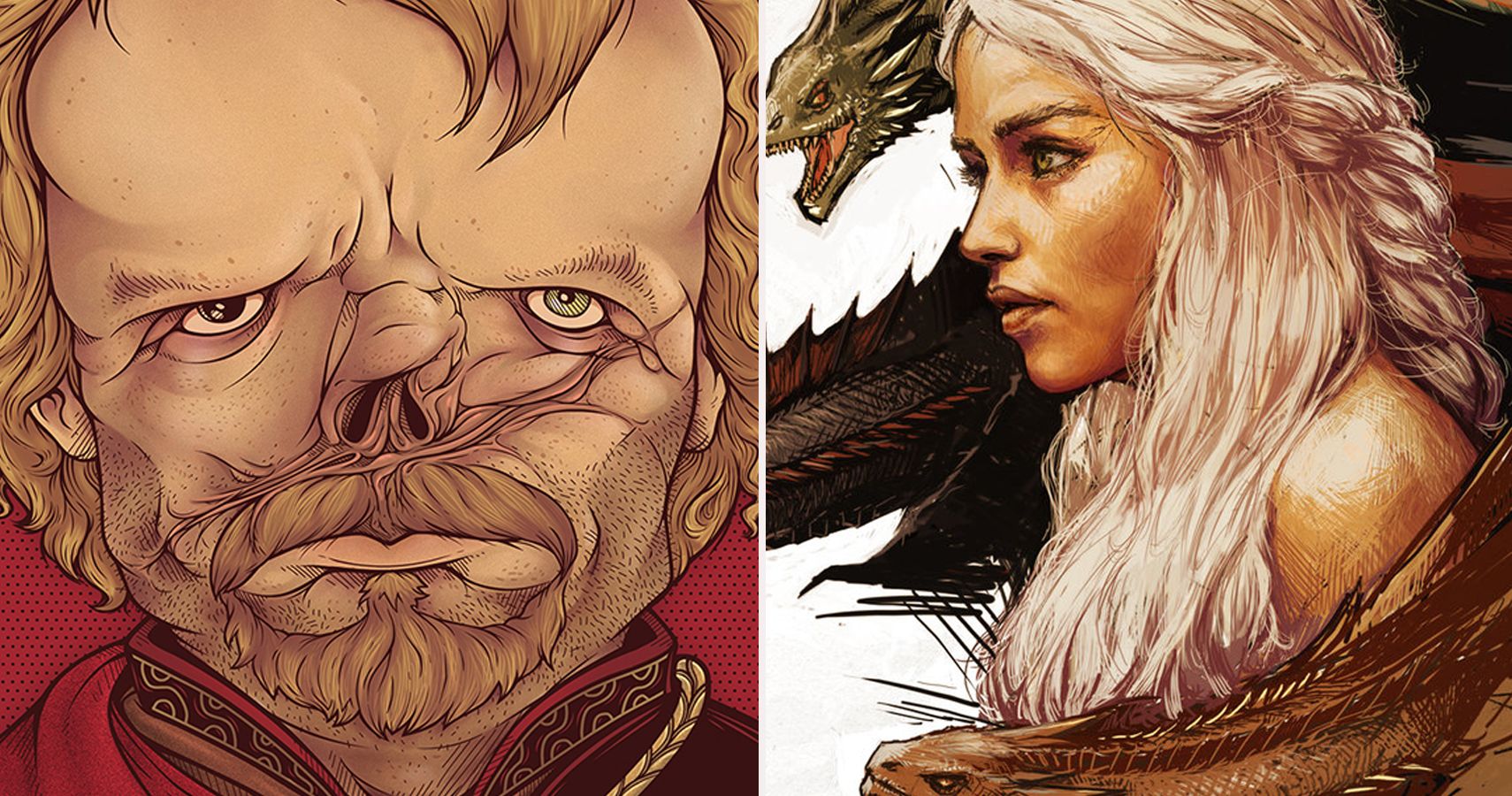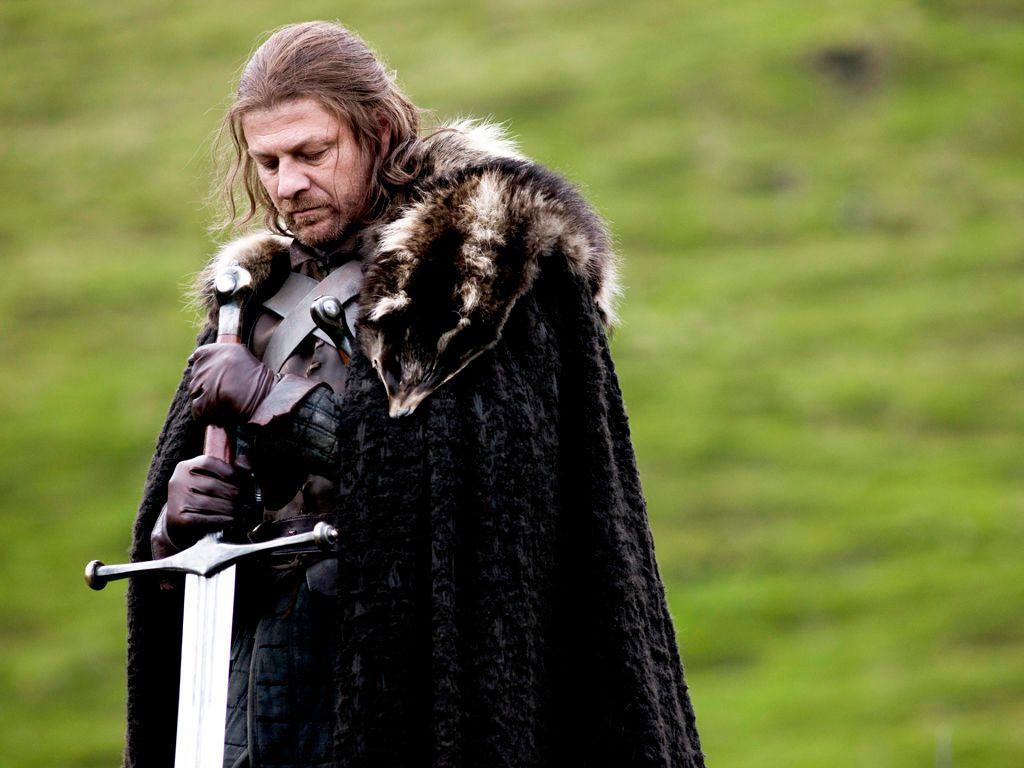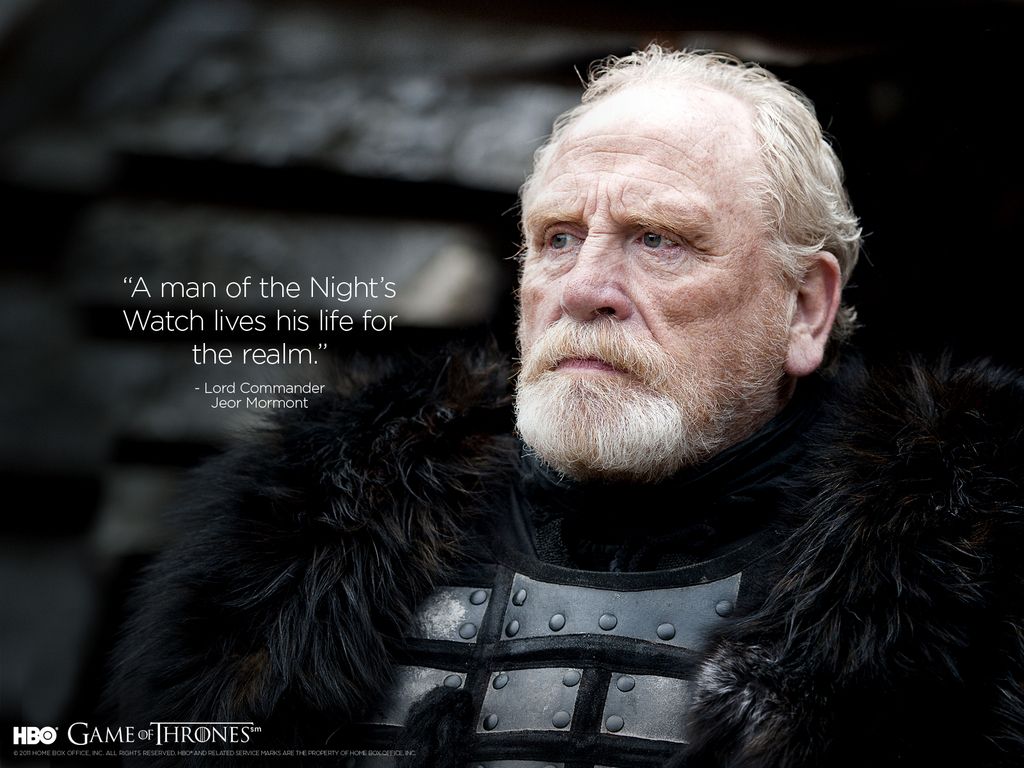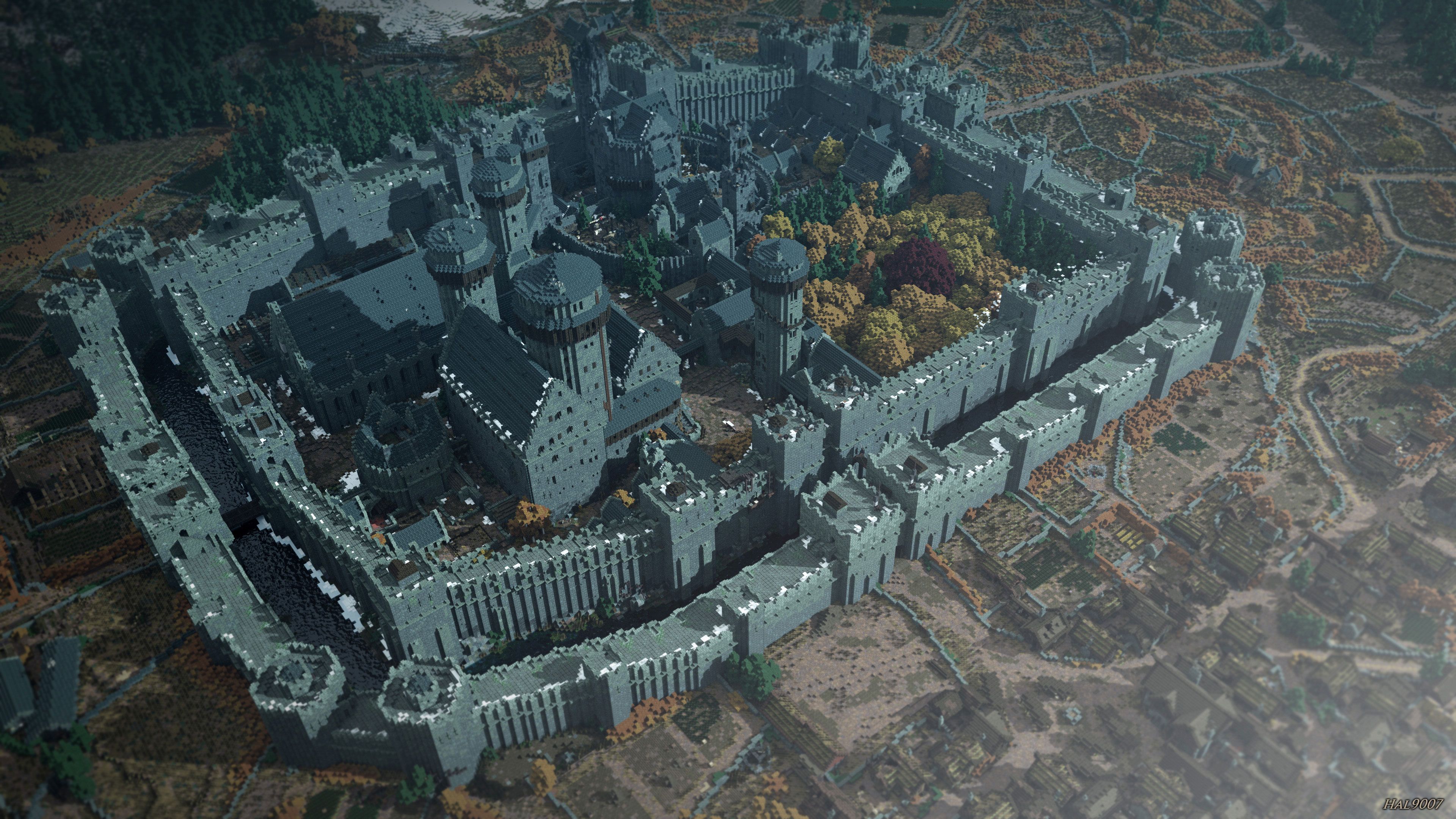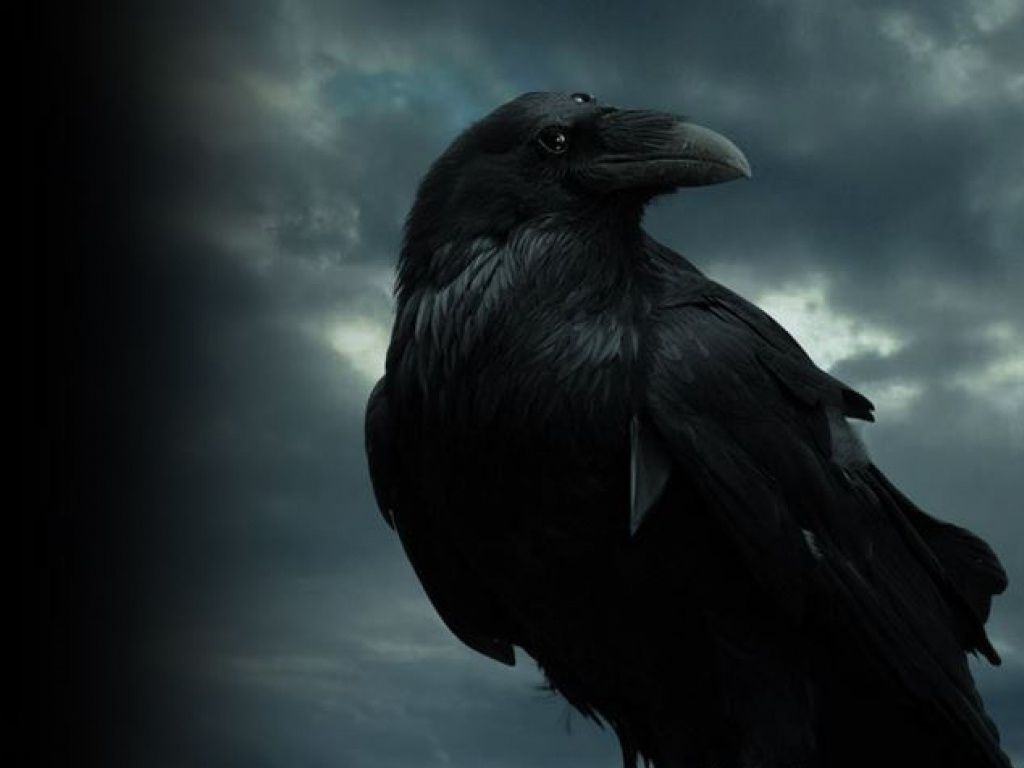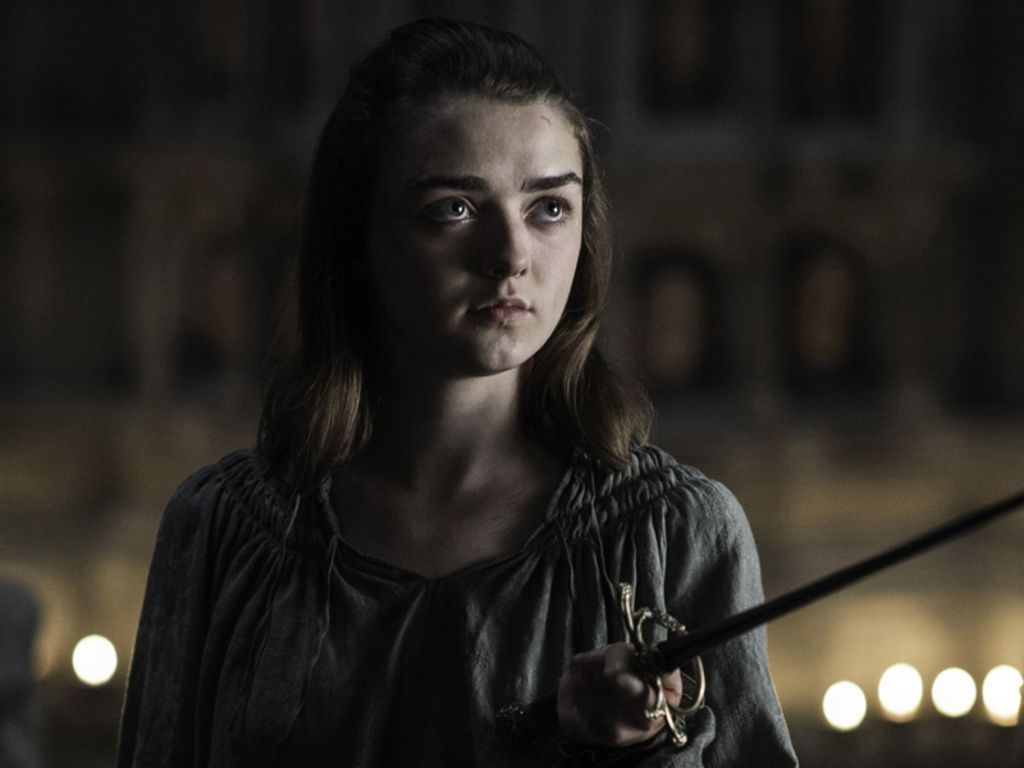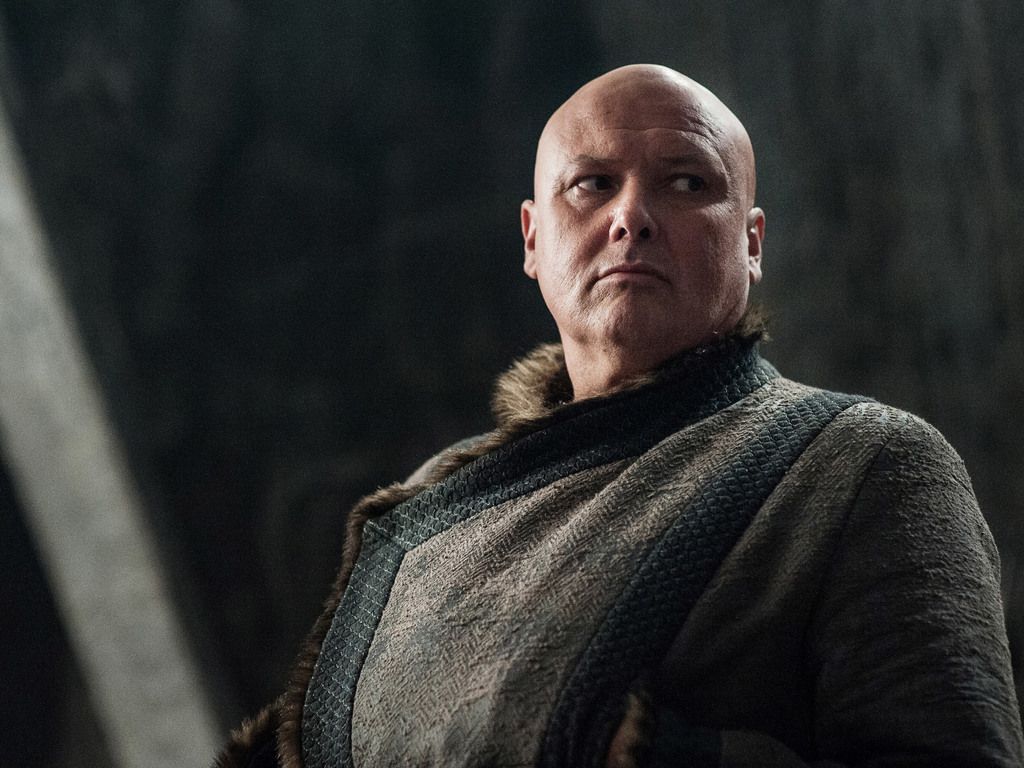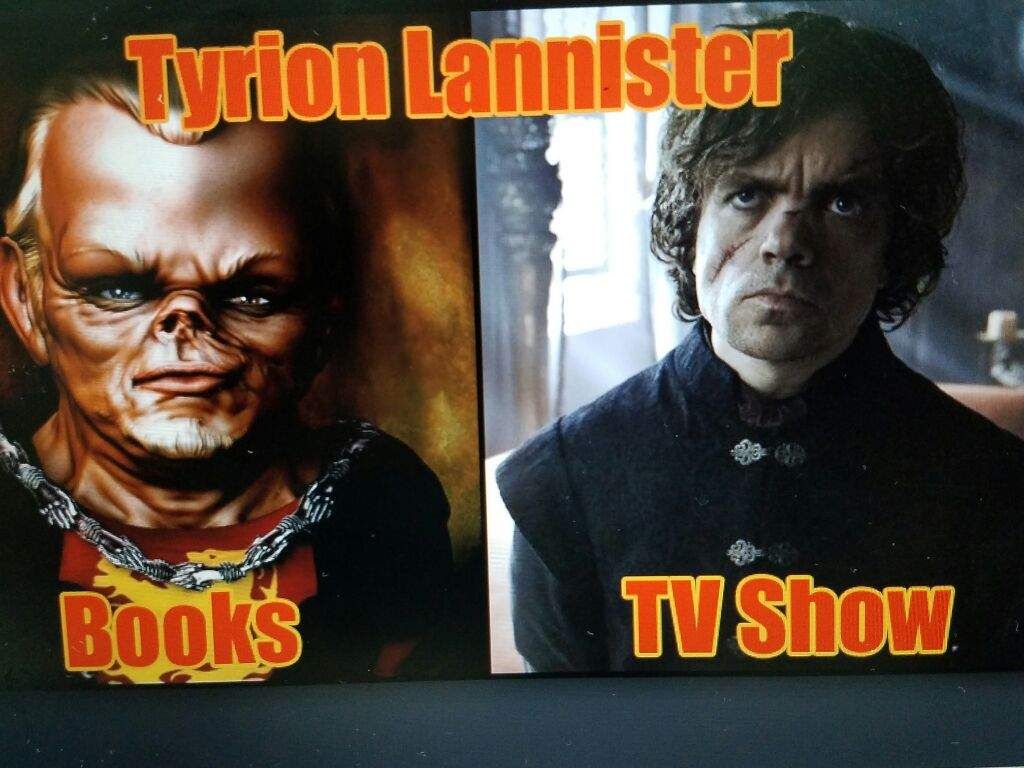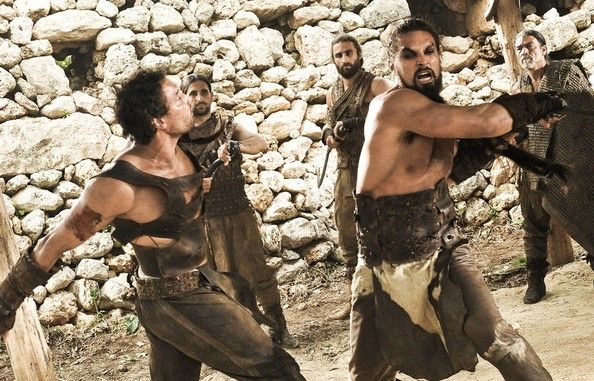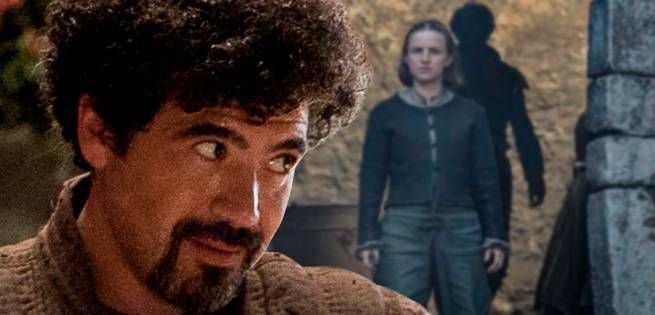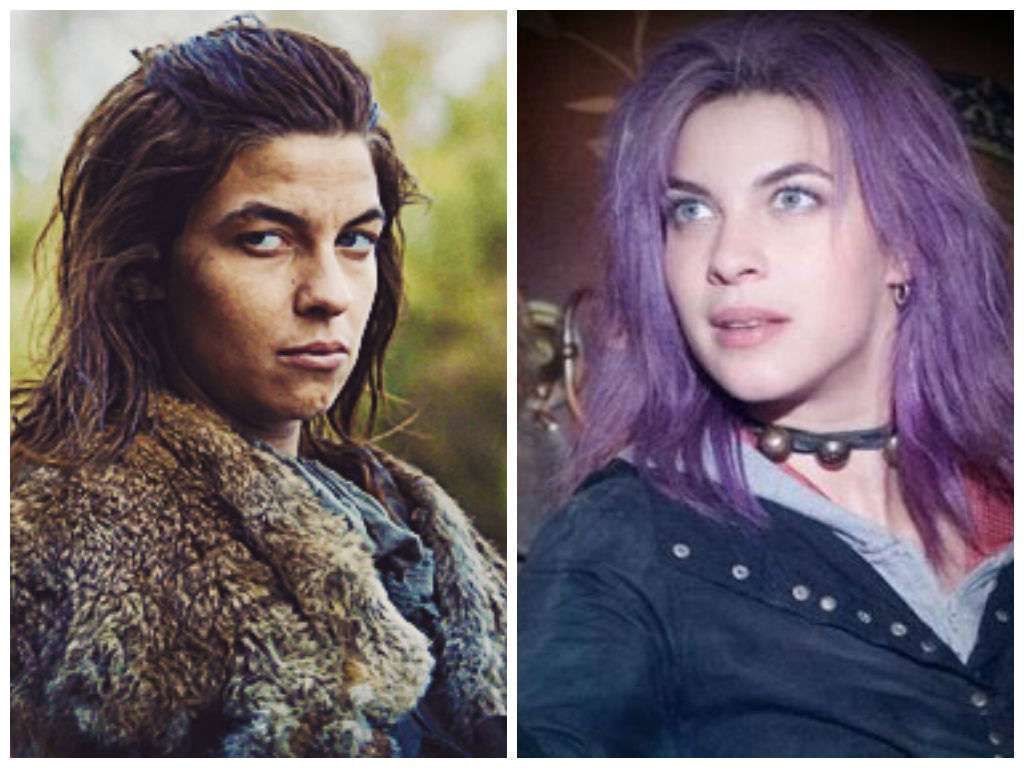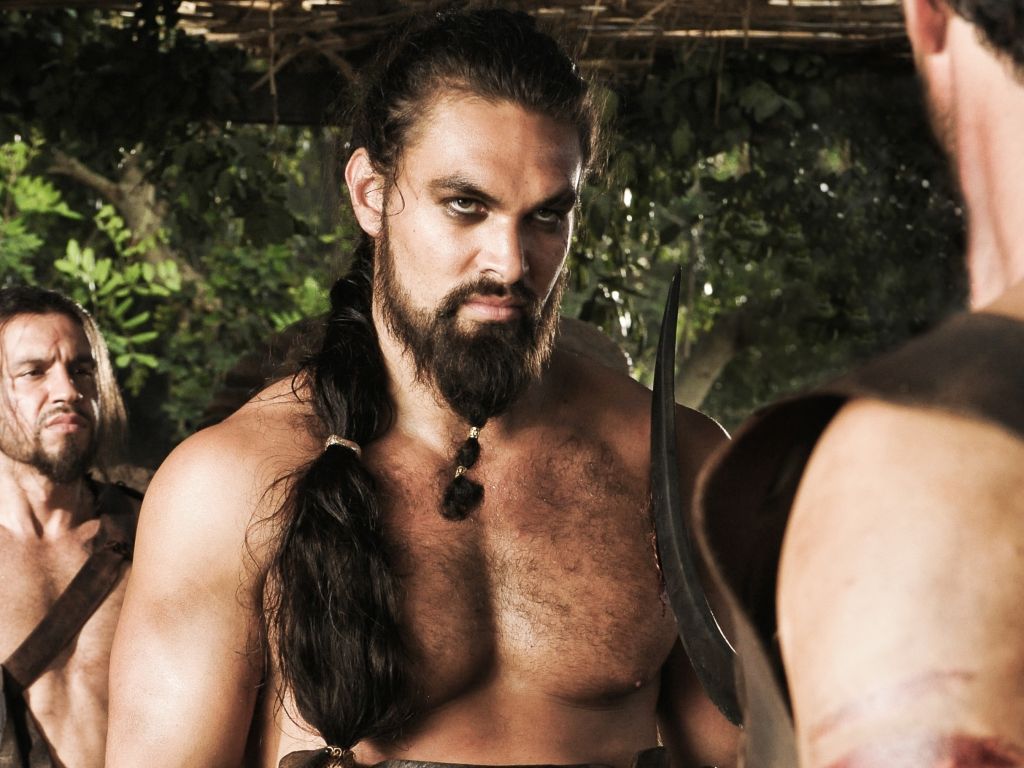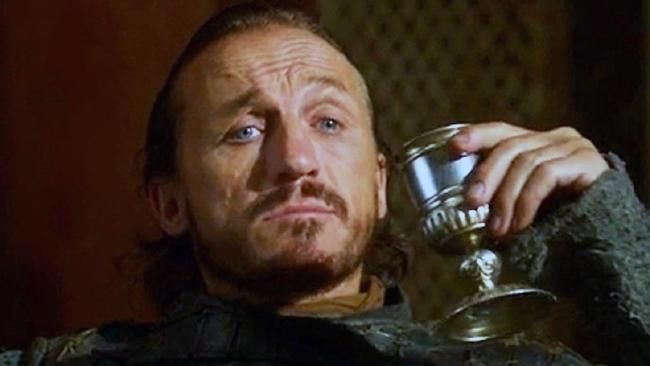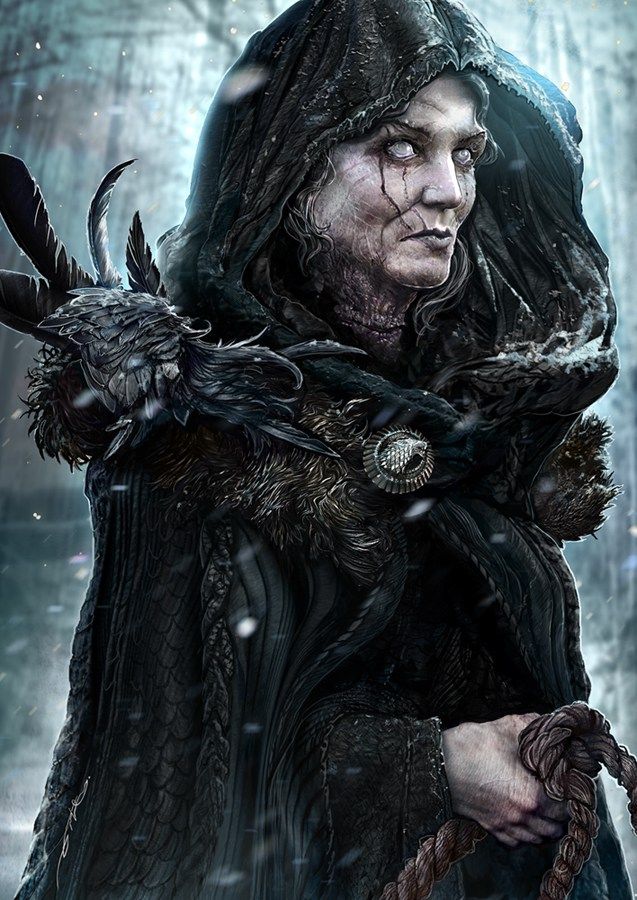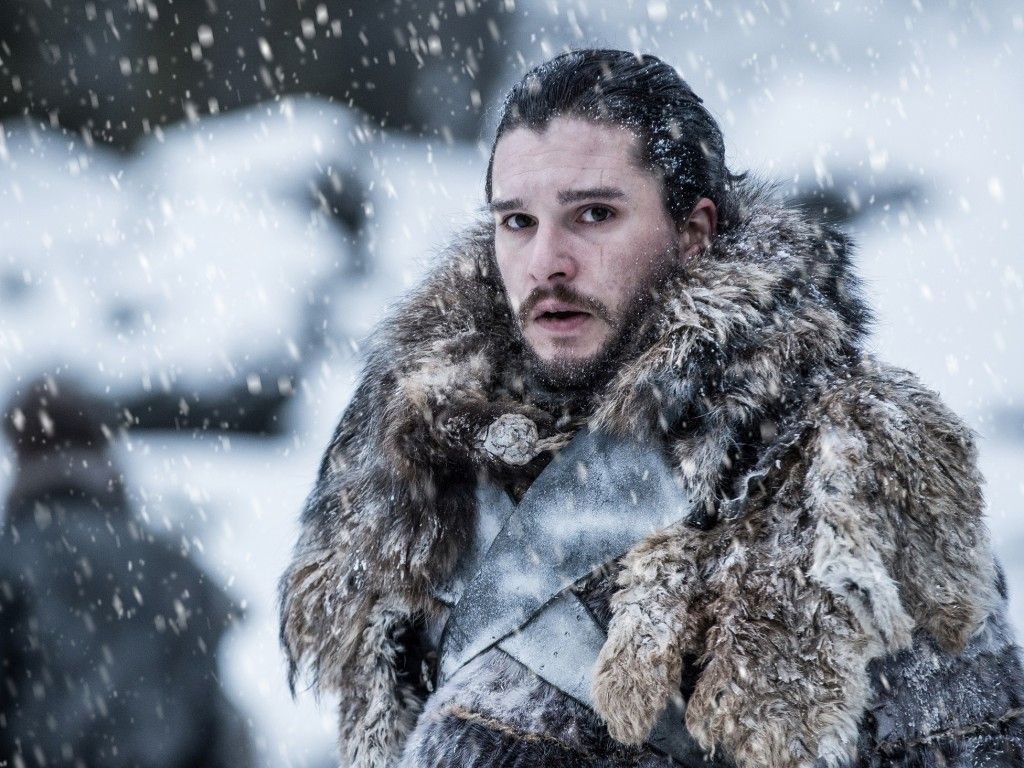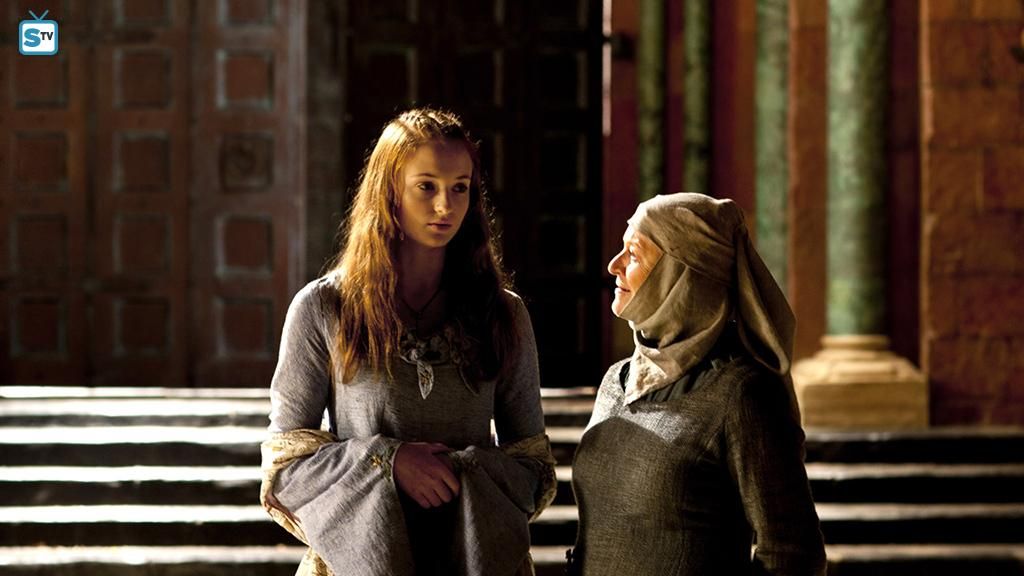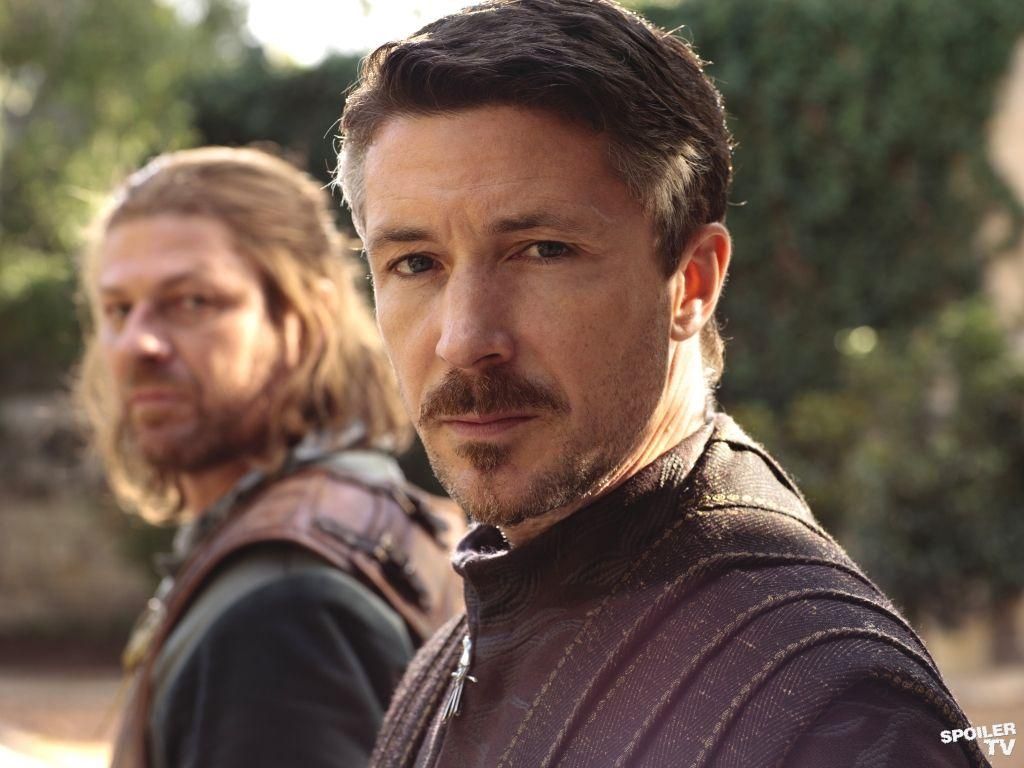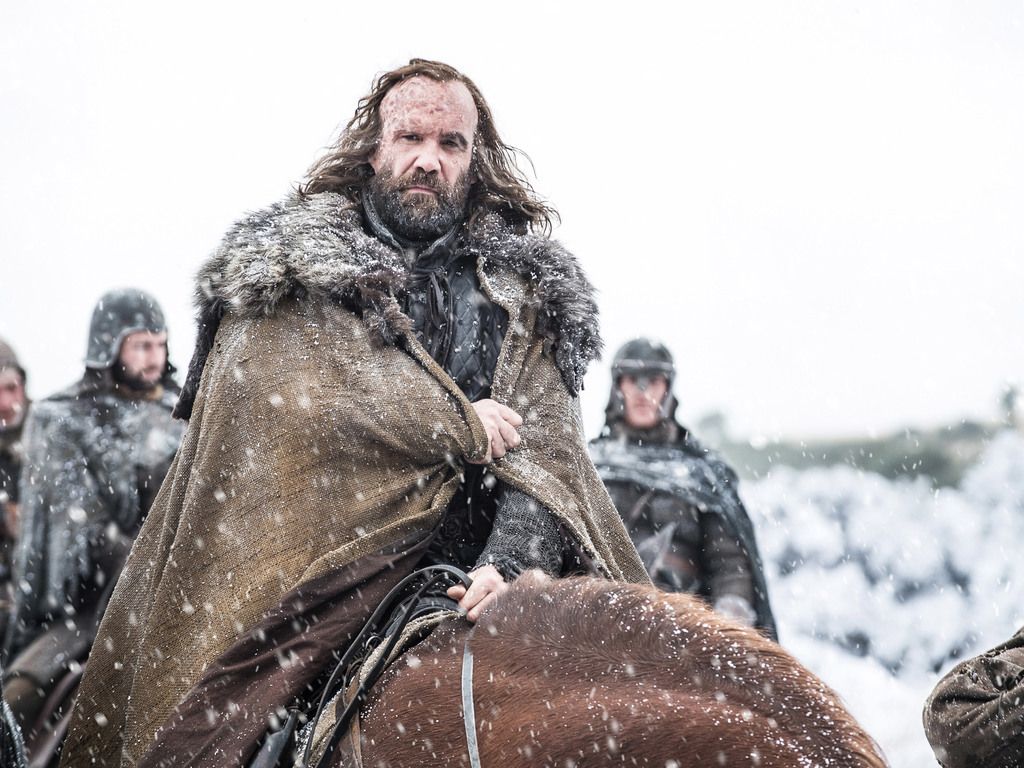It's undeniable that HBO show Game of Thrones has gained critical acclaim and a great amount of popularity. The stars within the show have gained steam for their careers and the network made a huge amount of money.
George R.R. Martin, or GRRM, as he’s popularly known, was born in Bayonne, New Jersey. He studied journalism and subsequently taught at the university level. He submitted numerous stories to sci-fi magazines, finally selling his first piece to Galaxy magazine. Novels in various genres soon followed. He also refined his craft to teleplay writing with such examples as: a TV version of Beauty and The Beast, The Twilight Zone and The Outer Limits. But it wasn’t until he wrote the series, A Song of Ice and Fire, of which the HBO series, Game of Thrones is based, that he received world-wide acclaim and immense popularity.
On the show, he now serves as producer, consultant and sometimes writer, as well as putting out more fiction. And as creative consultant on the show, it comes as no surprise that he has final say as to what appears on the show and what doesn’t.
So much comes into play when adapting novels for the screen and there are so many reasons as to why certain scenes are removed or included.
Here are 20 things that got cut from the show and the reasons why.
21 Mycah's Body
Sean Bean, the exceptional actor responsible for portraying such legendary characters as Boromir in Lord of The Rings, expertly plays Eddard "Ned" Stark in Game of Thrones … an extremely pivotal character.
A glaring difference between the book and TV series comes when his character is made to identify the body of Mycah by Sandor Clegane, The Hound.
In the novel, Clegane is overcome with laughter after tossing the body in front of Ned Stark, poking fun at the fact that it wasn’t a difficult feat at all. However, in the TV series, the humor is completely cut out of the scene, and The Hound delivers the news that “the boy didn’t run fast” with a deadpan expression eliciting the coolness that his character is associated with on TV.
20 Mormont's Raven
Jeor Mormont is the Lord of Bear Island and keeps a Raven that can speak. The Raven was a critical part of the novel, but is not a large part of the TV series because of the controversy it inspires. Some fans were happy of its exclusion and some of the fans of the novels were of course not.
In the novel, the Old Bear is famous for saying: “Damn things makes a lot of noise, but they never say a thing worth hearing.”
Yet the comment is evasive, because the raven turns out to be quite important after all. The character of Jeor is ultimately very important to the book and show, and he is portrayed expertly. Beyond Game of Thrones, James Cosmo has also acted in Braveheart, Highlander, Troy, The Chronicles of Narnia and Sons of Anarchy.
19 March To Winterfell
Winterfell is an immense castle that sits in the North; the ancestral home of House Stark and a pivotal backdrop to the novels and show.
In the novel, the Northern banner lords receive a raven and thus prepare to march to Winterfell. Greatjon Umber was excited at the possibility of war. Yet this entire scene was cut because of production costs.
“Production costs” are often the major reason why pivotal scenes from novels are cut from adaptations on screen. This is because the time or the amount of work it would take to construct or shoot would definitely bring the whole cost of filming over budget.
It’s in such cases that fans should always read the book first ... there's always more content in the book.
18 Messenger Ravens
Very much like the use of owls in the Harry Potter series, messenger birds are pivotal in such period pieces to convey the long lost art of sending messages to your kin through the use of the avian species. In Game of Thrones, the use of ravens was extremely prevalent, and characters were constantly awaiting news for this reason or that.
Although in the television series, the actual time it took to receive such messages was not really conveyed.
In a novel, elapsed time can be really explained in a simple sentence or two, but on screen, it’s a little harder to do.
So if in the show, it seems like they’re receiving their messages in the blink of an eye, that’s not entirely the case.
17 Flight From The Red Keep
The beauty of a novel is how elaborate the scenes can be. The writer and thus the reader can truly delve within the pages and lose themselves in the narrative and the explanations, and all without batting an eye. In film, however, the audience is pretty fickle, and if a scene goes over the allotted time or expectancy, the audience can grow quite bored with what they’re watching, no matter how exciting it is.
The need for a fresh scene is always lurking from frame to frame.
In the show, Arya’s flight from The Red Keep was cut way too short. In the novel, the scene is far more substantial and would have added to what the viewer was shown. Apparently the novel showed her going past the dragon skulls.
16 An Epic Fight
So what we’re learning here essentially is: book translated to film equals very different end results.
Case in point is this next example of what was cut from Game of Thrones: The fight sequence between Syrio Forel and the Lannister guardsmen was changed completely.
In the novel, the guardsmen’s armor was totally different. It didn’t have any frontal piece, so the character was actually capable of ending some of the guardsmen and breaking their facial bones. But for the TV show, they had helmets that covered their full faces, therefore, the scene was far tamer and less intense than in the book.
It’s no doubt that the novel series is indeed violent and contained many controversial subjects, so it was no wonder changes like this had to be made to appeal to a larger audience.
Syrio is rather notable however, as we shall see below!
15 Varys' Skills
Actor Conleth Hill is an Irish Laurence Olivier Award-winning actor who is most famous for portraying Varys in Game of Thrones.
The character is also at times called “the spider,” and appropriately so.
He is skilled not only at manipulation, but abled at steering and coordinating informants across two continents. Although at first he serves, King Baratheon, his hidden loyalties lie with Daenerys Targaryen and eventually follows her because he believes her rule would bring ultimate peace to the seven kingdoms.
In the book, however, his character is extremely skilled in the arts of disguise and mummery and these skills are showcased in full. But in the TV series, his abilties are not as prevalent and he remains far more recognizable from episode to episode.
14 Big Difference
Oftentimes, a character from a book will live on in the thoughts of readers everywhere, and that’s all without thinking of the way this character is portrayed in film or television.
Let’s take a look at the envisioned character of Tyrion Lannister as he was portrayed in the novel and the TV version of him. The novels describe a much scarier-looking version the clever dwarf, depicting him with a scar, different-coloured eyes and a generally much uglier face. To keep the show palatable, actor Peter Dinklage retained most of his handsome looks, but the book readers know the truth. The show also failed to mention the inner turmoil that plagued the character throughout the books, including dragon nightmares and identity crisis.
Both were equally effective, but yet so different.
13 Mago — Alive!
Who can forget the exceptional on-screen fight between Khals Mago and Drogo in the television series? It was violent and tumultuous and everything Game of Thrones fans look for in such a scene.
The character of Mago was an important part of the show, but plays a far bigger role in the novel. In the TV show, he’s removed, but in actual fact, in the books, he lives on and is still very much a part of the unfolding story.
Why would a character that doesn’t disappear in the book end up vanishing on screen?
This could be for any number of reasons and sometimes the simple answer is, maybe the character doesn’t do as well in screen form, so they decide to cut his time short.
12 Syrio's Different Do
Of all the differences characters can go through on their way from book to screen, this one’s got to be up there as pretty ridiculous.
Ridiculous, maybe. But yet still so important. Sometimes the way a character looks is crucial in a story that depends so much on the details.
The actor that portrayed Syrio, Miltos Yerolemou, sports a very distinctive hairstyle in the first season, which ends with his demise. However, as portrayed in the above picture taken from 6 seasons later, a character with a similar hairdo is visible in the background of an important scene featuring Arya, Syrio's ex-pupil.
The novels like to tease us with the potential return of vanished characters we believe are lost forever, but for Syrio, we'll just have to wait.
11 Winterfell Feast
Very much like the famous scenes in J.R.R. Tolkien’s Lord of The Rings in which characters break out into song in the midst of darkness, maybe the feast at Winterfell was cut short for the very same reason in GOT.
In book form, scenes such as the ones previously described are necessary and provide the reader with an in depth look at all facets of the characters they’ve chosen to read about. Amidst the dark and tumultuous times there is even time for joy and fun. Yet in film or TV, such a scene would definitely disrupt the ambiance the director is trying to set.
So just as the long scenes in LOTR where the hobbits go into joyous songs, maybe GRRM felt the same type of cutting was required when it came to the feast scene at Winterfell.
10 Osha's Drastic Change
Osha is played by Natalia Tena, an English actress who is famous for playing Nymphadora Tonks in the Harry Potter series. She is also the lead singer and accordionist in the band, Molotov Jukebox—a band that has two albums to date.
In Game of Thrones, her portrayal of Osha the wilding woman, is incredibly spot on and she did a phenomenal job.
At first, she is involved in trying to capture Bran Stark, but instead is captured and is made to be a scullery maid at Winterfell. Her character goes through much in the series, but GRRM notes that her character was changed drastically from book to screen. He also adds that the changes were alright by him, and it was Natalia Tena’s performance that ultimately made up his mind.
9 The Fight That Never Was
The epic on-screen rumble that happened in the Game of Thrones show never happened in the book. In the book, Mago and Drogo only get into a verbal fight, but a memorable one at that. In the TV series, an all-out fight to the death is shown, ultimately ending in Mago’s violent and untimely end, as we mentioned earlier.
GRRM has gone on to say that he was convinced to add the scene by none other than the star who plays Drogo himself: Jason Momoa.
Momoa felt that Drogo’s physical prowess was not yet effectively showcased, and begged for it to be shown. GRRM agreed and the scene has gone down as being one of the most violent in the show’s time on TV.
8 Bronn's Father
Yet another pivotal character in Game of Thrones series, Bronn was played by English actor Jerome Flynn. A strong character, he is involved in many pivotal story lines in the series.
Bronn is a skilled and dangerous sellsword who ends up serving under Lord Tyrion as his enforcer and bodyguard. He starts the series as a mere common mercenary, but as the show moves on, he rises to both power and prominence. Because of his vital role in the “Battle of The Blackwater,” he is even granted a knighthood.
Yet Bronn’s important line about his father—originally appearing in the book—is cut from the show.
GRRM actually felt that any reference to hidden parentage was better left out, but fans can nitpick at Bronn's family in the book, and on the forums. As an unrelated side note, Jerome Flynn achieved notoriety in the 90s as a pop singer and released quite a few singles.
A far cry from fearsome soldier.
7 The Heart Of Stone
Fans were disappointed to find that Lady Stark's time on the show was harshly curtailed after her inevitable demise at the Red Wedding. These aren't spoilers, brah. If you don't know it by now, just give up on the series altogether.
We will sadly never get to see Katelyn Stark take sweet revenge on her enemies.
Lady Stoneheart was hinted at on Lena Headey's instagram account, despite her own role as Cersei Lannister but unfortunately, it was not to be. The return of our favorite mama Direwolf as an overpowered revenant was removed from the show, to the dismay of many longtime fans.
6 Snow ... Disliked?
Alliser Thorne is a warrior who trains recruits of the Watch. He was forced to this position after the fall of House Targaryen. He works the position with a deep regret and it is effectively portrayed quite accurately both in the show and the book.
However, his profound dislike of Jon Snow, the assumed illegitimate son of Eddard Stark, is shown on the TV series. What is not properly and intricately defined are the exact reasons behind this.
His ultimate sentence was handed to him by Eddard Stark and King Robert, who took down Thorne’s beloved Targaryens. This is what leads him to be extremely bitter … especially towards Snow, who Thorne believes is getting special attention.
Ultimately not much is lost in the translation, but the back story always helps in getting the point across.
5 Sansa Was Not With Septa Mordane
Sansa is the second and oldest child of Eddard Stark, portrayed by English actress Sophie Turner. She was born and raised in Winterfell and is often set in direct contrast with her sister, Arya Stark.
Septas are an all-female religious order of nuns who serve ladies all over Westeros, including Winterfell, teaching them a multitude of duties that would one day be useful. They do in fact have a pivotal role in the series as well as in the books.
However, in the books, Sensa is not with Septa Mordane when the Lannister men attack, as is seen in the TV series.
She had gone to see about breaking her engagement with Joffrey so she could return to Winterfell. Without her knowing, these actions are a direct betrayal of everyone. This was effectively avoided in the TV show.
4 Littlefinger's Demise
Seeing that Littlefinger has indeed reached his untimely end, fans are wondering … couldn’t there have been some warning?
As it turns out, there was such a warning.
A scene-setting speech is given by Varys and in it, he speaks clearly of an ominous curse. The moment is in the book and believe it or not, the scene was actually filmed, but in the end, it didn’t make the final cut.
There are many reasons for this, we’re sure, but the main one is shock value.
The scene was talked about so much because it came as such a shock. If the viewers would have been led up to it comfortably, it would have seemed like such a fitting end. But the way it was done led viewers everywhere to jump up and say: WHAT!?
3 The Hound And Sansa
To say the show pushes boundaries is definitely a true statement. Both in violence and innovation, viewers anywhere can’t say that they’ve seen anything like Game of Thrones on television. The novels themselves were extremely avant-garde and they definitely went further than most novels in the genre.
So at times, the vision of GRRM in book form probably went a little too far, maybe even for HBO.
In a portion of the book, The Hound accosts Sansa and urges her to sing him a song. Once again, the scene was actually filmed, but ultimately cut from the final edit. The scene is actually available to see online and isn’t all that harsh—especially after many of the scenes that have been showcased in episodes. But if GRRM and the rest of the writing staff decided to cut the scene, we’re sure they had their reasons.
2 Important Conversation
There is a calm, peaceful, yet pivotal scene in which Tywin is fishing and is interrupted by Grand Maester Pycelle to discuss the council. It was a telling scene and a moment that showed both characters in a different light, but at the same time, there are those that feel the scene was unnecessary in the final cut.
GRRM agreed, as the fishing scene was indeed left out.
It is important in the books for an in depth look at certain characters—especially important ones, but in TV, there isn’t always time and moments of insight often present only a distraction, as was the case here.
This too was a scene that was actually filmed but discarded. It now is nestled nicely between the pages of the book as opposed to the reels of the show and for us readers, we can delve into the character’s psyche any time we want, and that’s fine by us.

